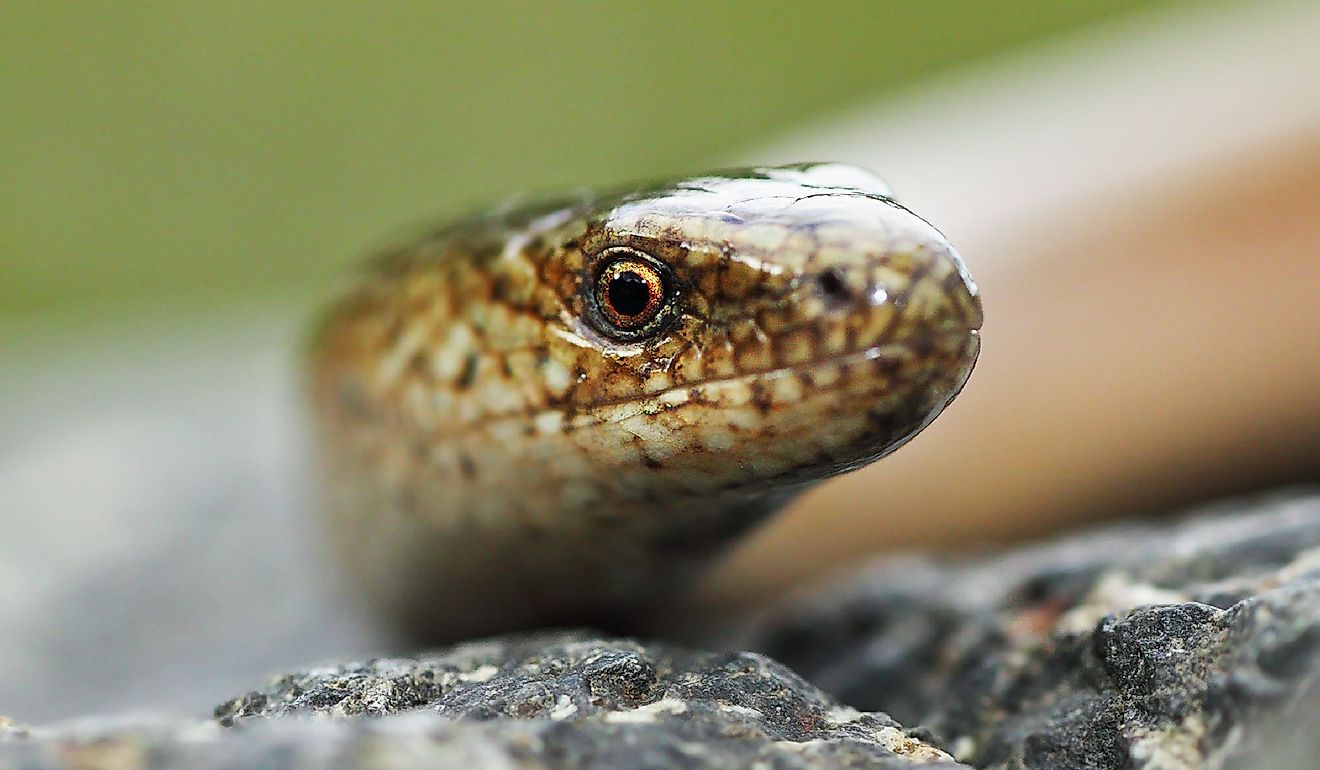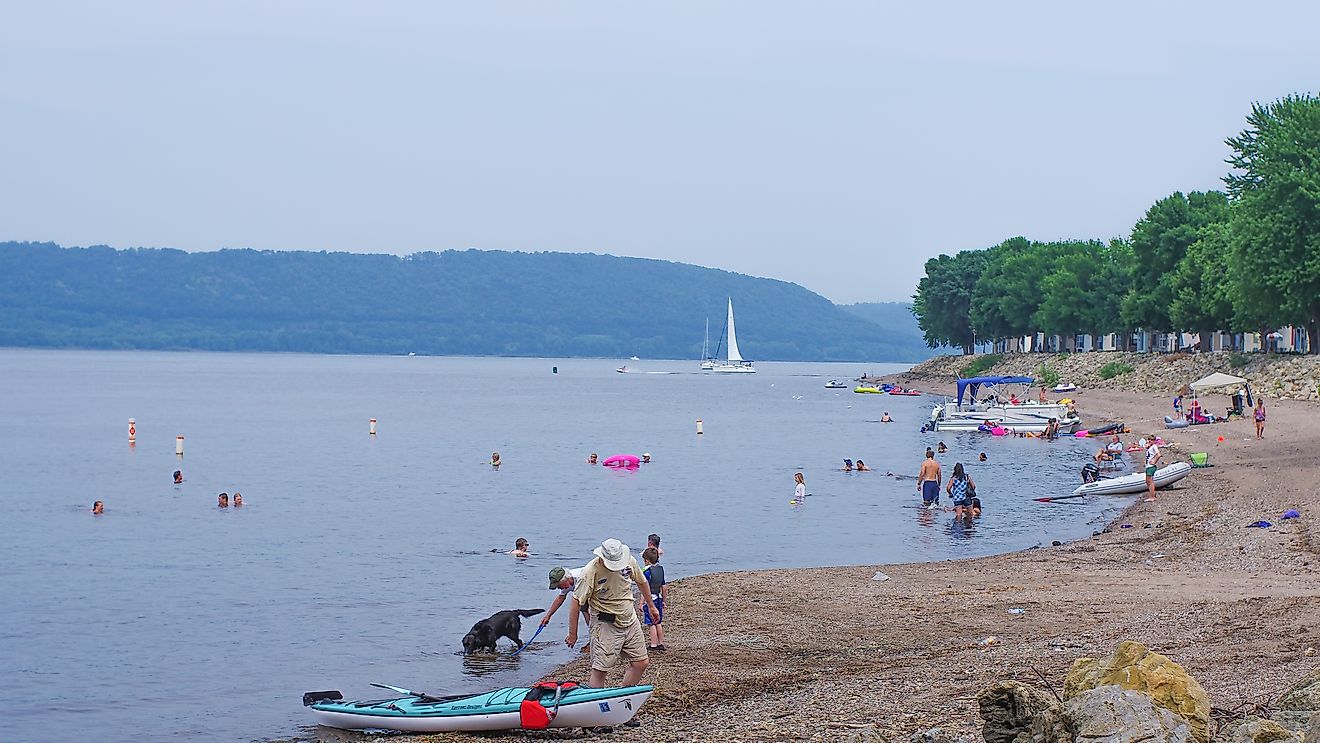
Lake Koocanusa
Lake Koocanusa is a reservoir constructed by the damming of the Kootenay River by the Libby Dam between British Columbia, Canada, and Montana, United States. It is located near the border between the two countries, closer to the north-western part of Montana. It is a 144-km long artificial reservoir and is a popular destination for fishing, swimming, boating, kayaking, and much more. In 1975, the Libby Dam, built as a joint project of the US and Canada, was formally dedicated by the US President at the time, President Gerald Ford. Since then, Lake Koocanusa has provided hydroelectric power for the citizens of the US and Canada.
Geography And Climate Of Lake Koocanusa

Lake Koocanusa stretches over 144 km through the US-Canada border and has over 200 km of shoreline with many sandy beaches. It encompasses a total water area of 116.2 sq. km and has an elevation of 730.8 m. The town of Rexford, Montana, sits directly below the southern part of Lake Koocanusa and has many campsites dedicated to the lake. Based on projections from Lake Koocanusa in 2021, the Libby Dam had to enhance outflow to assist migratory and spawning conditions for endangered white sturgeon in the Kootenay River. The lake’s average temperature fluctuates between seasons. Lake Koocanusa’s coldest month is December, with an average low of -12.0 °C and high of 4.0°C, and the lake’s hottest month is July, with an average low of 7.0 °C and high of 25.0 °C. As a reservoir, Koocanusa rises from March to June in a refresh that can see up to 4 million acre-feet of water enter the system from the mountains via the several tributary streams that reach the lake.
History Of Lake Koocanusa
The Governments of the United States and Canada signed an international treaty in 1961 to coordinate flood control and maximize hydroelectric power production throughout the Columbia Basin. Construction of the Libby Dam shortly followed and was completed in 1972. Following the completion of the Libby Dam on the Kootenay River, Lake Koocanusa was created. A contest to name the lake was held, and a resident of Libby, Montana, won and decided to name it “Koocanusa.” The name is derived from the “Koo” in Kootenay River, “Can” in Canada, and “USA.” To avoid confusion around the pronunciation of the lake’s name, locals urge people to pronounce Lake Koocanusa as “Lake Koo-kan-you-es-a,” as one would pronounce the abbreviation “USA.”
Flora And Fauna Of Lake Koocanusa
Lake Koocanusa is filled with various flora and fauna, many of which are native and introduced. Species of fish found in the lake include bull trout, burbot, longnose dace, mountain whitefish, pee mouth, redside shiner, and much more. Fish species introduced into the lake to promote biodiversity include brook trout, largemouth bass, northern pike, rainbow trout, etc. In the late 1970s, an unintentional release of about 100 kokanee salmon entered the water system and prospered due to the lack of natural predators. Soon after, fishers were catching tens of thousands of kokanee salmon. Many local animals, including turtles, badgers, and long-billed curlews, are endangered and susceptible to human actions.
Tourism In Lake Koocanusa

Lake Koocanusa is a beautiful lake that attracts many tourists annually for various activities, such as fishing, swimming, boating, and kayaking. For fishing enthusiasts, the lake provides many different opportunities to catch fish along the shore or on tour. There are several houseboats and marinas along the lake, some of which started when the lake was officially founded. The Pacific Northwest National Scenic Trail skirts the lake's east shore before ascending Webb Mountain. The path is around 2000 km long and runs from Montana's Continental Divide through Idaho to Washington's Olympic Peninsula.











